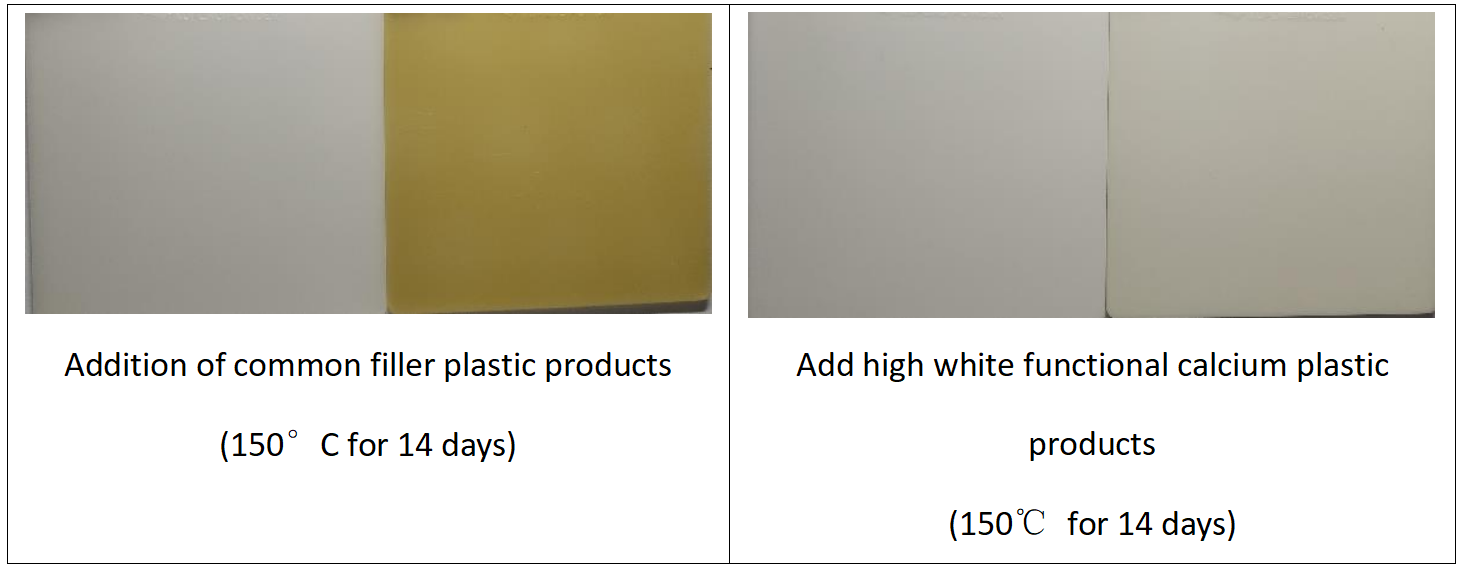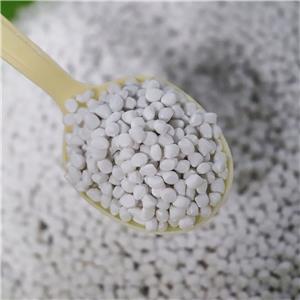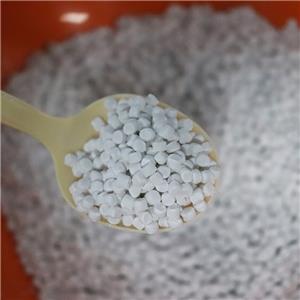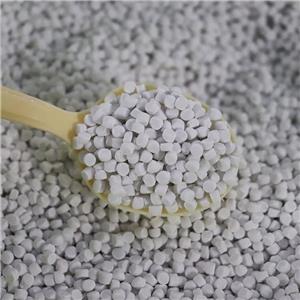Product yellowing cause analysis and solution
With the development of society, people's pursuit of the appearance of rubber and plastic products is increasing, light-colored shoes, automotive interior and exterior decoration, and gradually become the mainstream of the market; but white and other light-colored products in contact with sunlight or placed for a long time, it will cause the phenomenon of yellowing products. Today, let's analyze the reason for the yellowing phenomenon and discuss how to solve the phenomenon.
Common products yellowing resistance test standards and methods:
| Test Scope | Test Standard |
| Xenon arc lamp simulated sunlight yellowing resistance test for plastics | ASTM D2565-99 |
| Durability of automobile interior trim under high temperature | SAE J1885 |
| Yellowing resistance of materials under prolonged sunlight | ISO 4892-1 |
| Xenon arc lamp simulated sunlight yellowing resistance of films | GB/T 16422.4-1999 |
| Evaluation of yellowing resistance of polymers by UV fluorescent lamp | ASTM D4459-06 |
| Yellowing resistance of plastic materials under artificial sunlight | ISO 4892-3 |
| Yellowing resistance of automobile parts | SAE J2412-2002 |
| Test Method for Yellowing Resistance of Footwear | HG/T 3689-2014 |
| Test Method for Yellowing Resistance of Artificial Leather | QB/T 4672-2014 |
Yellowing of products caused by the nature of raw materials:
Part of the raw material resin due to its molecular weight contains the presence of unsaturated bonds, in the medium (such as: ultraviolet light, ozone, light and heat) chemical reaction leads to product yellowing. Such as SBS and SEBS as the base material of TPR and TPE, TPR overall yellowing resistance is weaker than TPE. in addition, in the TPU resin, aliphatic TPU yellowing resistance is better than aromatic TPU resin.
In addition to the resin in the formulation of the substance is not resistant to yellowing caused by the action of the medium:
No matter what material polymer products, the composition is not a single, will add many such as: operating oil, crosslinking agents, foaming agents and other materials, such as some of the materials have poor media resistance, will lead to the overall finished product is less resistant to yellowing, easy to yellow.
Processing yellowing:
Some products in the production process even if the media resistance itself is good, there will be yellowing, this may be due to the processing temperature is too high or processing time is too long, resulting in yellowing of the material by the influence of temperature; such as in the footwear formula to add a colorful blowing agent, and the processing temperature is not enough or not enough foaming time, will lead to the overall finished product color yellowish.
Solution:
From the raw material, try to choose the resin raw material without unsaturated bond;
can add a certain amount of anti-heat as well as anti-ultraviolet aging antioxidants in the formulation system to enhance the overall yellowing resistance;
Add a certain proportion of high whiteness, good transparency, relatively slow aging rate of inorganic fillers, such as talc, calcium carbonate, transparent powder, etc. in the formulation system. Select some fillers that have less influence on yellowing and can effectively slow down the yellowing of the formula as a whole.
The most important thing is the need to adjust the process temperature and processing time, to avoid overheating or too long time caused by the aging of the finished product.

Summary:
Causes more common product yellowing, want the overall product yellowing resistance is good, try to choose the polymer resin does not contain unsaturated bonds and weathering better processing aids, in addition, can be added to the formulation system of light, heat aging antioxidants, aging rate is relatively slow or high white inorganic filler, to further enhance the product aesthetic appearance and yellowing resistance.




